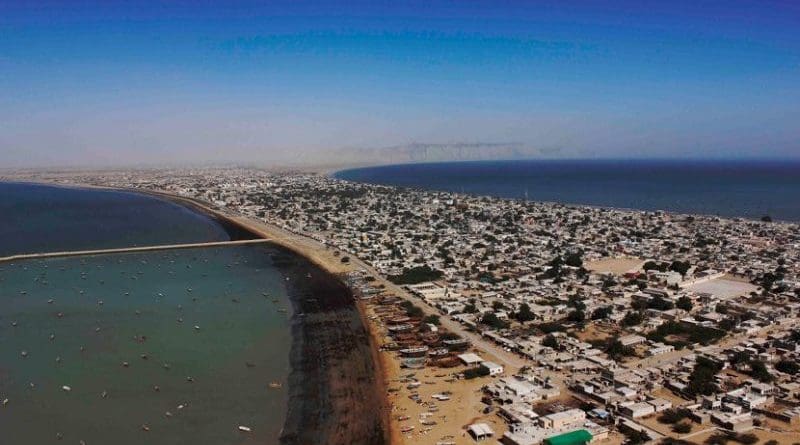Navigating Prosperity: Unraveling Transformation By CPEC In Balochistan – OpEd
In the heart of Asia, where ambitions collide and economic corridors converge, the China-Pakistan Economic Corridor (CPEC) emerges as a masterstroke of cross-national collaboration. With its intricate network of highways, railways, and pipelines, this endeavor seeks to bridge the vast expanse between Gwadar Port in Pakistan’s southwestern province and China’s remote northwestern region of Xinjiang. Embedded within the CPEC’s foundation is the powerful framework of China’s Belt and Road Initiative, giving rise to an interplay of economic potentials and geopolitical strategies that reverberate through the contours of both participating nations.
In the geographical center of CPEC’s intricate web lies Balochistan, Pakistan’s largest province, an emblematic representation of CPEC’s transformative reach. As the investment surge flows into this arid yet resource-rich province, Balochistan is experiencing an unprecedented wave of economic rejuvenation. The province’s development trajectory is underscored by an unwavering commitment to bolstering its infrastructure, a commitment materialized through projects such as the rehabilitation of the Gwadar-Turbat-Hoshab route and the Khuzdar-Basima-Zhob highway. These pathways breathe life into the province, rejuvenating connectivity and beckoning an era of economic and social transformation. The expansion of Gwadar Port and the establishment of Special Economic Zones (SEZs) within Balochistan’s landscape open portals to a world of economic potential that the province is poised to tap into.
A pivotal chapter in CPEC’s narrative is its role in energizing Pakistan’s energy sector, a chapter that resonates profoundly within Balochistan’s boundaries. Overcoming the energy deficit that has stifled growth for years, Balochistan now stands on the cusp of energy self-sufficiency. This achievement is exemplified by the completion of landmarks such as the HUBCO coal-fired power plant in Hub and the Quaid-e-Azam solar park in Bahawalpur. As these power generation ventures inject new life into the region, they not only surmount the energy crisis but also pave the way for industrial growth, heralding an era of economic transformation that promises to rewrite Balochistan’s narrative.
Beyond bricks and mortar, CPEC promises hope by kindling the fires of employment generation and poverty alleviation. As the wheels of development churn, they create ripples of opportunity that extend far and wide. The anticipated metamorphosis of Gwadar Port stands as a beacon of hope, heralding an era of job creation across sectors ranging from logistics to trade, and services to tourism. Furthermore, the establishment of SEZs invites both local and foreign investors to partake in Balochistan’s journey, catalyzing employment growth and fostering an ecosystem of economic resilience.
CPEC’s scope transcends mere physical connections; it knits together a narrative of regional unity. The highways and railways, entwined in CPEC’s fabric, not only bolster Balochistan’s connectivity within its borders but also reach out to neighboring regions, ushering in an era of cross-border cooperation. In this vision of interconnectedness, regional tourism finds its wings, potentially transforming Balochistan’s raw natural beauty and rich cultural heritage into a sought-after destination. Yet, amidst the promise, shadows must not be ignored. The transformation that CPEC promises must be anchored in a commitment to inclusivity, sustainability, and respect for local values. Ensuring that development resonates with the well-being of local communities is imperative, as is the need to navigate the ecological challenges that arise from such grand infrastructure projects, ensuring that the province’s environmental harmony remains intact.
As the story of the China-Pakistan Economic Corridor continues to unfold, Balochistan’s narrative transforms from a tale of challenges to one of aspirations. Investments surge, infrastructure projects reshape landscapes, and Balochistan stands poised at the precipice of economic renaissance. However, this journey is a shared one, requiring commitment, collaboration, and sensitivity to the pulse of Balochistan’s people. Through these lenses, CPEC promises not just prosperity, but a sustainable transformation that illuminates a brighter future for Balochistan.

